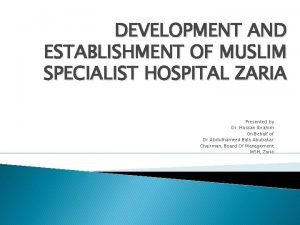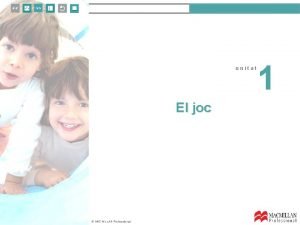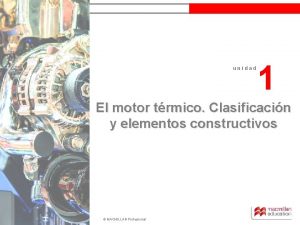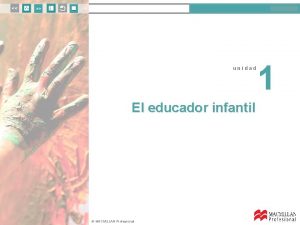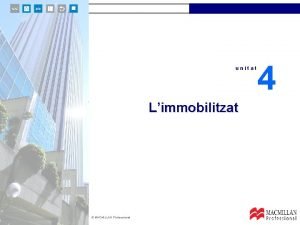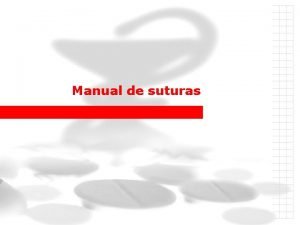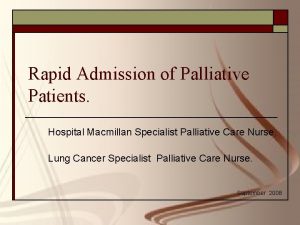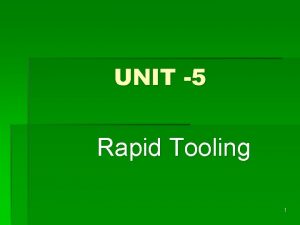Rapid Admission of Palliative Patients Hospital Macmillan Specialist
























- Slides: 24

Rapid Admission of Palliative Patients. Hospital Macmillan Specialist Palliative Care Nurse. Lung Cancer Specialist Palliative Care Nurse. September 2008

Problems Encountered o o Significant numbers of patients with advanced malignant disease and a limited life expectancy are admitted to the emergency floor for various reasons. Some of these patients will die within the department and they may have expressed a wish to die at home.

Problems Encountered o o o A number of these patients are dying within the department whilst waiting for a bed on a ward. The department does not have the resources/training to administer palliative care in the terminal phase of the patients illness. Complaints received from relatives.

Problems Encountered o o Recognising that the patient is actually dying. Issues around DNAR, syringe drivers, ICP etc. Investigating and acting upon patients wishes regarding preferred place of care / death. Poor communication between the Emergency floor staff and the Cancer Care Teams.

How Can We Make Things Better? o Working party with representatives from: Specialist Nurses Palliative care team Pharmacy District Nurses Clinical case manager Ward Manager Emergency Floor Staff

What Issues Needed to be Addressed? o Education / training in the use of the ICP. o Education / training in the use of syringe drivers. o How are the Emergency floor staff going to identify palliative patients suitable for fast tracking?

Continued o o When they are identified how are they going to proceed? What mechanism can be put in place to improve communication between the Emergency floor staff and the Specialist Nurse and her Team?

Proposed Way Forward o Specialist nurses Palliative care nurses both in primary and secondary care will have access to the “PURPLE ALERTCARD” o o This card will be issued to patients deemed to be palliative who it is felt may at some time present to the emergency floor. The patient / carer will have been instructed to show the card to the emergency floor staff who in turn will either contact the key worker named on the card or if out of hours follow the rapid admission / discharge flow chart.

Example of Purple Alert Card

Purple Alert Card Pilot o o o The pilot ran for 3 months from the 28 th May. Each member of the palliative care team were given 5 alert cards each. The emergency floor staff have all received training and information regarding this pilot.

What Happens Now When the Patient is Admitted to Emergency Floor? o o Patient is identified by alert card. Patient then has a senior review. If it is deemed that patient is dying then preferred place of care is ascertained. If the patient wants to die at home then reversible causes should be treated and the rapid discharge pathway used.

Continued o o o If the patient is dying and needs admission the ICP should be started and the patient fast tracked through the Emergency floor into a bed. Inform bed manager that the patient is dying and in need of a priority bed on a ward. Relevant Specialist Nurse and Palliative care team member informed and involved.

Continued o o Acute admission/Oncological emergency. Investigate and treat following Trust guidelines. All staff are aware that spinal cord compression, hypercalcaemia and SVCO are conditions needing urgent treatment. Bed manager informed and made aware that patient needs a priority bed.

Training Issues Resolved o o o 3 trained staff from the emergency floor were identified to become palliative care link nurses and attend the core themes in palliative care. 24 staff identified to undertake the ‘train the trainers’ course with regards to syringe drivers. ICP facilitator now delivering education sessions to all shifts on the emergency floor.

Out of Hours o o Information packs containing all the relevant paperwork regarding rapid admission/discharge are available on all areas on the emergency floor for both in and out of hours. All staff have been made aware that for out of hours advice they should ring the hospice.

Why Did We Look at the Area of Rapid Discharge of Palliative Patients? o o Hospital discharge group already in place. Discharges in general were presenting some concerns. One of a number of issues raised by patients. We were “asked” to look at this area as we had identified it as a cause for concern.

What Did We Find? o Palliative patients on acute wards who were within their final hours / days of life and who had expressed a wish to die at home were prevented from doing this for several reasons.

Our Experiences Showed o o o o Staff unaware that discharge can in fact be expedited in these circumstances. No identified person to co-ordinate the discharge. Delays in obtaining discharge medications. Delays around Continuing Care. No practical information for carers Access to equipment. Issues around syringe drivers, DNAR, ICP etc

Proposed Solutions o o o Mechanism for informing specialised teams that the patient is in hospital. Identifying and documenting the patients preferred place of care /death Easy access to equipment. Access to fast tracking of continuing care. Rapid access to pharmacy. Understandable information for carers.

Working Party o o o Representatives of specialist nurses and palliative care team. Pharmacy representative. District nurse. Clinical case manager Ward manager

Flow Chart for Rapid Discharge o o o All patients should be on the ICP. Relatives and district nurses aware of ICP. Ensure ICP drugs are included on prescription and on fast track route for pharmacy. DNAR form to be completed and signed. GP to be informed of pending discharge. Supply continence / dressing products for first 24 hours.

Staff Responsibilities o Although rapid discharge involves no extra duties each person now has identified tasks and responsibilities.

Update on Rapid Discharge o The rapid discharge flow chart has now been used on 16 occasions over the last 12 months. o It is now being audited and the findings will be presented at medical audit.

Thank You Any Questions?
 Admission into hospital
Admission into hospital Muslim specialist hospital zaria
Muslim specialist hospital zaria Macmillan professional
Macmillan professional Why did macmillan resign
Why did macmillan resign Motores macmillan
Motores macmillan Emprendimiento e iniciativa emprendedora
Emprendimiento e iniciativa emprendedora Macmillan professional
Macmillan professional Dr patrick macmillan
Dr patrick macmillan Macmillan profesional
Macmillan profesional Macmillan professional
Macmillan professional Macmillan profesional
Macmillan profesional Gestion de recursos humanos macmillan
Gestion de recursos humanos macmillan Colchonero vertical
Colchonero vertical Glen macmillan
Glen macmillan Macmillan publishers
Macmillan publishers Macmillan next steps
Macmillan next steps Daratumumab macmillan
Daratumumab macmillan Michael bhaskar
Michael bhaskar Ukons triage tool version 3
Ukons triage tool version 3 London joint stock bank v macmillan
London joint stock bank v macmillan Electricidad basica macmillan
Electricidad basica macmillan Macmillan concerns checklist
Macmillan concerns checklist Organisation of hospital pharmacy
Organisation of hospital pharmacy Adjuvant neoadjuvant palliative
Adjuvant neoadjuvant palliative Rug adl assessment
Rug adl assessment

